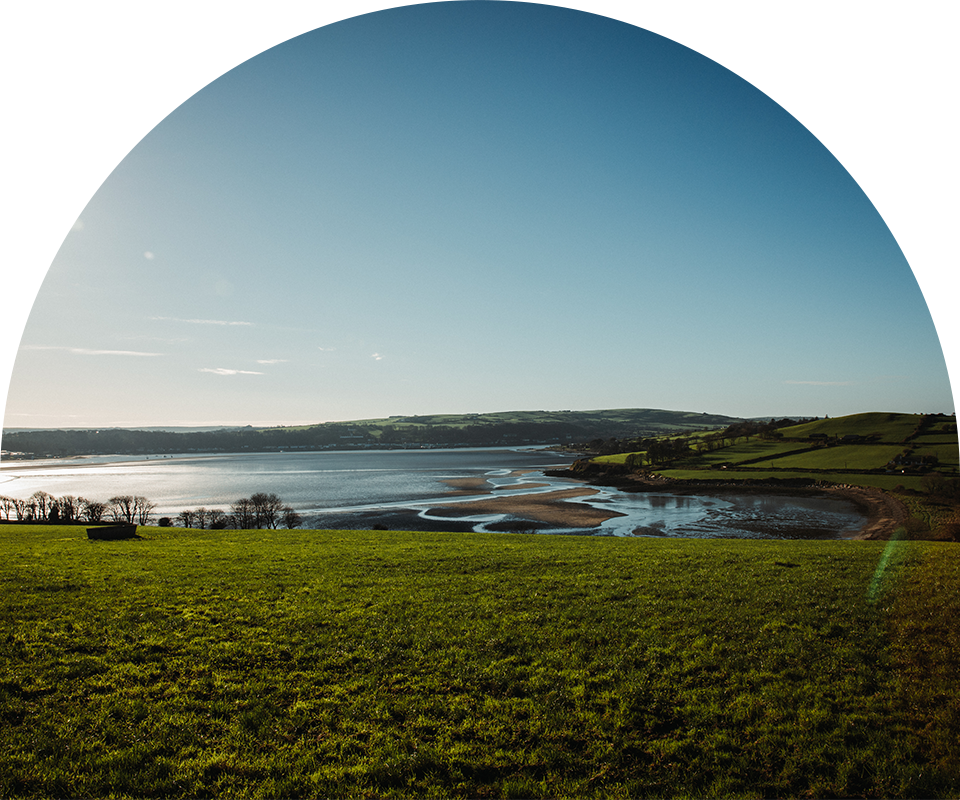County Cork is the largest and southernmost county in Ireland, home to the city of Cork, the second-largest city in the country. It is sometimes referred to as “The Rebel County” or “The People’s Republic of Cork,” a nod to the region’s reputation for challenging authority. County Cork’s long history of rebellion dates back to the 9th Century arrival of the Vikings and was cemented by the county’s role on the front lines during the Irish War of Independence in the early 1900s.
The diverse landscape of County Cork includes everything from rugged coastline to lush countryside, dotted with quaint villages in between. The mild climate and abundant rainfall are ideal for the hundreds of family-owned dairy farms in the region, and the centuries-old tradition of distilling authentic Irish whiskey is an industry that thrives to this day.
The region is renowned for its breathtaking cathedrals and monasteries, some dating back to the 12th Century. County Cork is also home to the famed Blarney Stone and the port town of Cobh, which was the departure point for millions of Irish emigrants over a century ago and the last port of call for The Titanic before it departed on its fateful journey in 1912.




